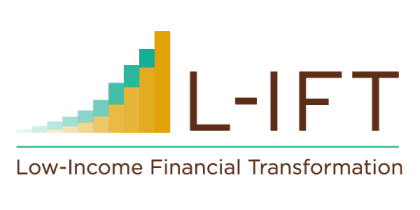While recording diary data, one farmer told me about new sources of income, which is unusual. The story looks like this. After listing some of the usual sources of income, he added another source of income which is leasing out of his land to investors. The new thing here is not leasing out the land, but rather, the agreement they had in the process.
For a long period of time, investors have been labeled by the local community as exploitative because the payments they made for farmers while leasing their land are very low. For example, during my study, I have found that the leasing cost for 0.25 ha of land for one cropping season is 1500 ETB for rainfed farmland, while. For irrigable land, it is between 5000- 5500 ETB per 0.25 ha per cropping season depending on the soil fertility status.
From 0.25 ha of land, about 10 -15 quintals of maize can be obtained (Melk-2 variety) under rainfed conditions depending on the management practices and soil quality. With this background, what farmers used to receive when they leased out land is about 1500 ETB, and this amount purchases only about 65 kg of maize when estimated at the current market price.
Now, smallholder farmers are shifting these exploitative systems and replacing them with new systems (it can be said “paradigm shift for leasing out of farmland”) that is relatively profitable for them.
This shift of paradigm is that they don’t receive money while leasing out lands, rather, they make an agreement of exchanging stable crops like maize. For example, what one of my respondents did is that the investor agreed to give him 8 qt of maize (grain) in exchange for 0.25 ha of land per one cropping season. In addition to this, he hired him as a daily laborer. This is the smallholder farmers’ innovation.
